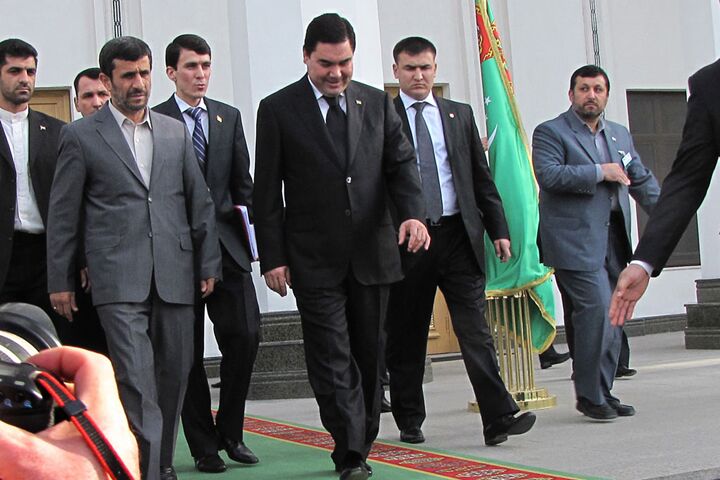
Iran, Turkmenistan Launch New Gas Pipeline
A natural gas pipeline running from Turkmenistan to Iran received its inauguration ceremony Wednesday. This is the second energy link between the two countries, and will this year double the amount of natural gas that Iran imports from Turkmenistan to 12 billion cubic meters (bcm) annually. By 2011, that amount is expected to be as high as 20 bcm.
For Turkmenistan, the pipeline is part of a strategy to diversify its export markets so it is less reliant on its main customer, Russia. The Central Asian nation has also recently launched a pipeline to China. Should Europe’s demand for gas—which it largely receives from Russia—increase in the future, however, demand for Turkmen gas will intensify.
In this respect, Stratfor reports that the presence of Turkey’s energy minister, Taner Yildiz, at the ceremony in southeastern Turkmenistan, along with Iranian President Mahmoud Ahmadinejad and Turkmen President Gurbanguly Berdimukhammedov, is noteworthy because of the possibility of Turkey becoming a transit route for Central Asian and Middle Eastern energy supplies to be transported to Europe. Yildiz met with both leaders prior to the ceremony.
Turkey’s strategic location, adjoining both Europe and Central Asia, makes it an ideal energy conduit. Stratfor points out that the Europeans have already courted Turkey as “a potential energy transport route for projects like Nabucco, which would bring Central Asian, Caspian and Middle Eastern energy supplies to the continent and circumvent Russia” (January 6). The new Turkmenistan-Iran pipeline will make Turkmenistan’s natural gas much more accessible to Turkey.
Turkey also seeks to become more involved in strategic areas such as Iran, with whom it already has an energy and trade relationship. Iran itself has large supplies of natural gas that Turkey intends to transfer to Europe. Iranian President Mahmoud Ahmadinejad on Wednesday said the availability of Turkmen gas frees Iran’s reserves for export to other countries.
“Iran’s geographical location makes it a very attractive alternative to Russia for energy supplies destined for Europe, and it has heavy volumes of its own natural gas (though most current production is used for domestic consumption) and vast untapped reserves” (ibid.).
As Europe seeks to become less dependent on Russia for its energy, it will increasingly look to the Middle East and Central Asia—which contains one of the world’s largest supplies of natural gas—for alternative sources.
We can expect the competition for energy resources to heat up and eventually contribute to conflict in the region. For more information on this trend, read “The Battleground” by Joel Hilliker and Robert Morley.




